Here’s how often and when a cell phone pings the cell towers:
The number of pings primarily depends on phone usage.
A phone will ping when it gets close to a new tower, when you change the connection status and when it needs to establish a connection (such as for a phone call).
If left completely passive and stationary, most phones send a handful of pings each day.
If you want to learn all about how cell phones pinging cell towers work exactly, then this article is for you.
Let’s jump right in!
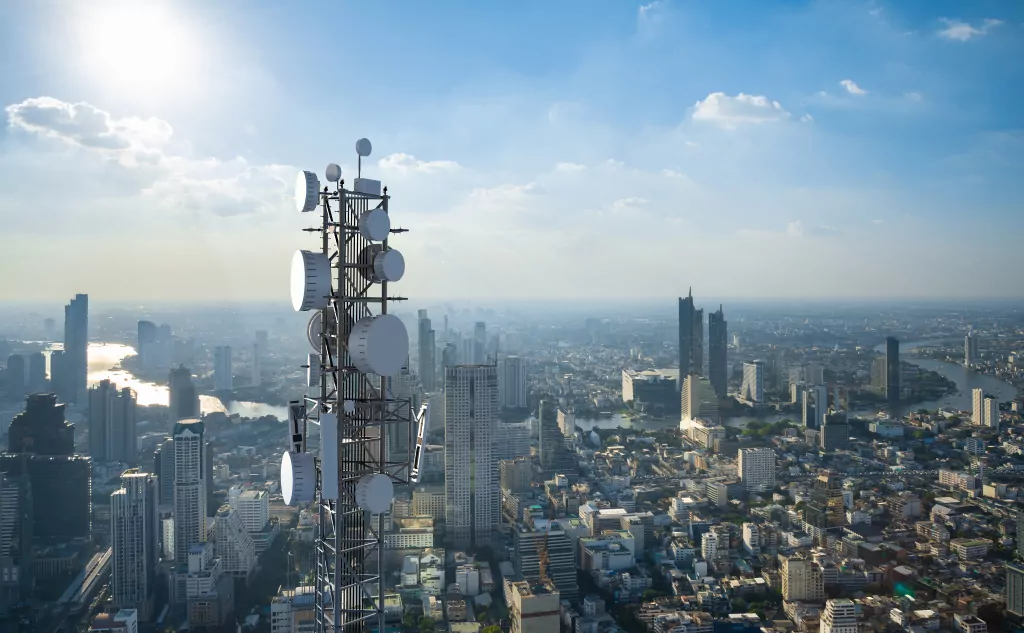
When Does a Cell Phone Ping a Cell Tower? (3 Scenarios)
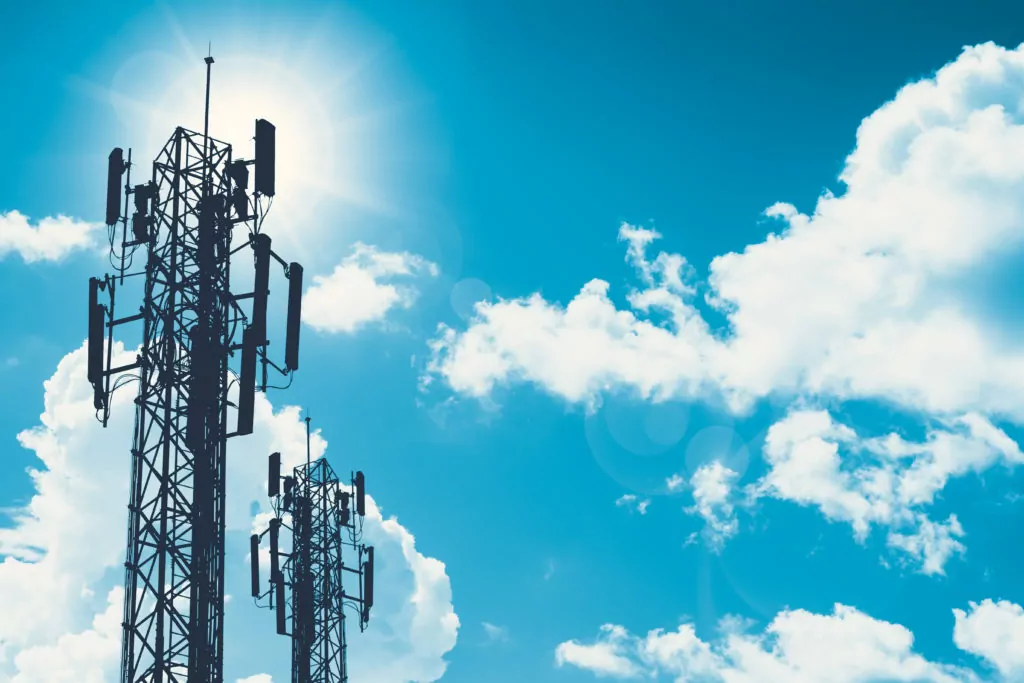
If nothing else is happening, a phone will usually ping a tower a few times a day.
That said, there is no official convention for this, and every carrier makes its own rules.
It’s also worth noting that most phones ping a lot more than a few times a day, but that’s because the things you do can initiate a ping.
When the phone sits still in a room all day unused, it doesn’t need very many pings.
#1 When You Move

Every time you enter the range of a new tower, your phone is going to send out a ping.
This is super important so the network can keep track of where the phone is.
If this tracking fails, then the carrier network won’t be able to find the phone to send calls, texts, or data.
The phone basically doesn’t work if it doesn’t ping every time it gets in range of a new tower.
But, how does the phone know that it needs to send this ping?
Cell phones and towers communicate with each other through something known as a passive signal.
This is a very low-powered signal that is not intended to convey anything specific about or from the phone user.
Instead, it’s just there so that the phone and the network can keep in touch with each other.
This passive signal is consistent, so it does not constitute a specific ping.
But, the signal carries a very small amount of information.
Within this information is a designation of the nearest tower.
If the designation changes, the phone notices, and it sends out a ping to update its location and ensure the best possible communication with the overall network.
#2 Force Ping

A forced ping is a completely different concept.
With this, you would contact your carrier in order to ask them to send a forced ping.
This will instantly update your location within the carrier network.
Why would you ever need this?
In most cases, you won’t ask for the ping.
Instead, you’ll contact the carrier because your phone isn’t working quite right.
During troubleshooting, they will initiate the ping based on what they have discovered through the process.
When a phone’s location isn’t up to date, it can cause communication to be very slow.
It can even result in traffic being misrouted.
If you only get voicemails but never get phone calls, for instance, it could be because the carrier network can’t find your phone in order to connect calls directly.
Most carriers have digital voicemails, which can be retrieved via data connections.
This is a specific problem that could be fixed with a forced ping.
Another reason to do this is if the phone has been out of network for a long period of time.
It may have trouble re-establishing its position, and a forced ping will help.
#3 Airplane Mode

One of the most common times a phone will ping is when you use airplane mode.
The software is designed to send out a ping when you go into airplane mode.
This establishes your location before the phone becomes unreachable from the carrier network.
After this ping goes out, the phone will be incapable of communicating with the carrier network until airplane mode is turned off.
This means that no regular pings will be sent out.
Once airplane mode comes off, another ping is sent.
This is because airplane mode was developed with air travel in mind.
The expectation is that you will be in a dramatically new location by the time you turn airplane mode off again.
The new ping helps your phone find the nearest tower to get communication up and running again.
This is one reason why toggling airplane mode can fix a lot of connection problems.
If you are having trouble connecting to a wireless carrier, turn airplane mode on and off again.
This will force a set of pings that can help fix general connection issues.
When Does a Cell Phone Connect to a Cell Tower? (2 Things)
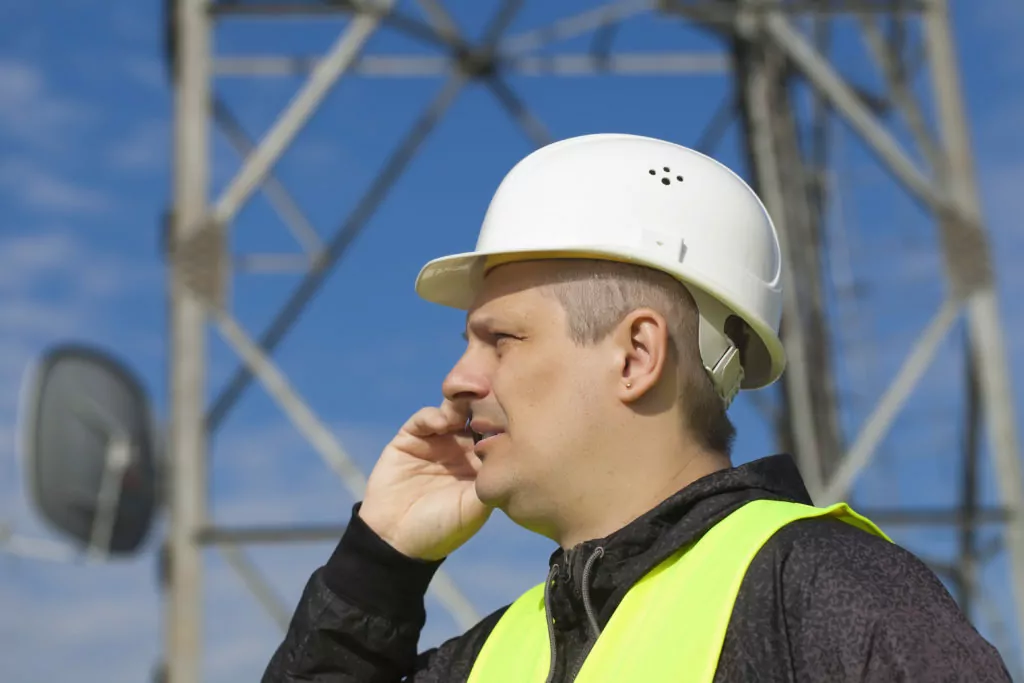
This question sounds very similar to the original question.
Pinging a tower and connecting to a tower is basically the same thing, right?
If we’re going to take the time to dive into these technical concepts, we can point out that these are very different ideas.
A ping is a small signal that sends a specific number of packets from one device to another.
Those packets are then returned, and each device can look for signs of data loss.
Pings take a fraction of a second when they are initiated, and they’re basically just a connectivity health check.
When your phone connects to a tower, it’s doing something completely different.
This is establishing a lasting connection that can continuously send information to and from the phone.
Here’s the easiest way to think about this.
When your phone enters airplane mode, it sends out a ping.
This can’t be an ongoing connection because airplane mode stops communication with the cell towers.
On the other hand, when you place a call, you establish a lasting connection.
The phone and the tower will maintain the active connection until the call ends.
That is what we will specifically discuss in this section, and there will be some concepts that overlap with pinging.
#1 Cell Phone Channels
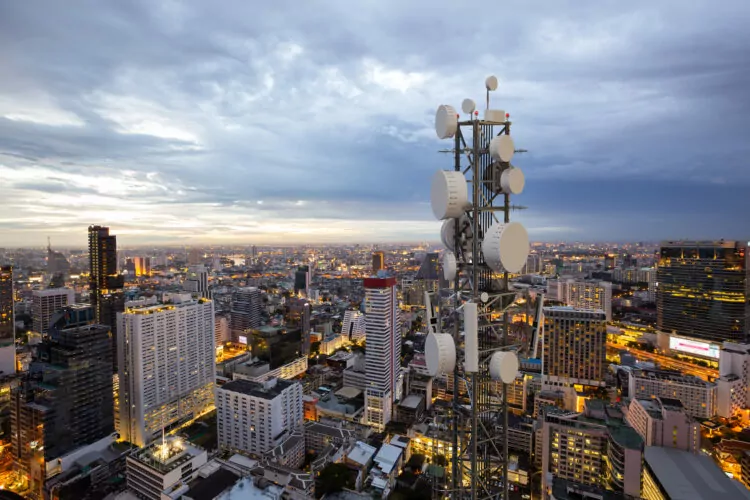
The first thing to understand is cell phone channels.
Most phones have at least two antennas that are used for cell tower connections.
Typically, one channel is devoted to sending data while the other is devoted to receiving information.
A phone can use separate channels (and even separate antennas) for Bluetooth and Wi-Fi.
Here’s why all of this matters.
Some of these channels require a persistent connection to the towers while others don’t.
Wi-Fi and Bluetooth actually have nothing to do with connecting to a carrier network.
That means that some forms of communication will invoke a ping or an established connection.
Bluetooth and Wi-Fi will not (with some obscure exceptions).
#2 When You Use the Phone

So, basically, when you use the phone, you establish a connection to a cell tower.
This is true for calls, texts, and data usage.
In any of these cases, you need more than a ping’s worth of information to complete the task.
Even if you use data sporadically, any single request will require more data than is contained in your average ping.
So, if you’re looking up an actor in a TV show that you’re currently watching, as long as you aren’t using Wi-Fi to do it, that simple Google search still establishes a connection with the carrier network.
Let’s hit this one more time for emphasis.
Anything done over Bluetooth or Wi-Fi doesn’t need cell towers.
If you do that same Google search over your Wi-Fi, no connection or ping between the phone and the tower is necessary.
How Does Pinging From Your Cell Phone to a Cell Tower Work? (4 Things)

We’ve gone over when pinging happens, but it might make more sense if you understand how pinging works.
This is the technical breakdown of what happens when your phone pings a tower (or establishes a connection).
#1 The Cell Tower Network

Pinging is used to map locations and verify connections.
That’s important because, in the U.S. alone, there are more than 300,000 cell towers.
These towers are built in an overlapping network that covers more than 90 percent of the physical space of the lower 48.
Coverage in Alaska is still under 50 percent, and it’s a big state. It throws a bit of a wrench in the overall statistics.
All of that said, pinging is used to let the network know which of those towers is closest to your phone at any given moment.
Generally, it’s best for your phone to talk to the closest tower.
It will usually have the best signal strength and the fastest response times. So, pinging does a lot to help your user experience.
#2 EM Radiation

But how does a ping actually work?
This comes down to electromagnetic radiation and signal processing.
This will get a little deep, so hang in there.
Let’s start with EM radiation.
This is the form of radiation that is most common in the universe. The light you see is a form of EM radiation.
So are UV rays, x-rays, infrared rays, and radio ways.
That last one is what is used for most wireless communication.
Cell carrier networks establish towers at intervals so that they can transmit radio waves to each other.
These radio waves are pulsed in specific patterns, and those patterns represent the raw digital data that runs through the network.
Whether you are making a standard voice call or watching Netflix, it all travels in the form of those radio pulses.
But, there are over a hundred million phones in the U.S. alone.
How can 300,000 towers handle all of that traffic?
That answer is found in signal processing.
It turns out that cell towers can use a few different kinds of pulses, and that’s what separates information.
Each phone uses a SIM card to create a digital ID tag on the carrier network.
That digital tag separates information for one phone from information for another phone.
You can think of it as using someone’s name in a crowded airport.
There are people everywhere, and you hear the endless conversation from many of them.
There are far too many words flying around for you to pay attention to anything being said.
But, if someone shouts your name (or says it over the intercom), you zero in on that conversation.
When you pay attention to it specifically, then you can make out what is being said to or about you, even over the din of all of the other noise.
This is how signal processing works.
Information is paired with a digital key.
Any device that doesn’t have the key for a packet of information will simply ignore it.
When the key does line up, then the phone listens, and it can get the digital signals sent via radio waves, that are intended for you.
#3 Switching

Keeping that idea of names and keys in mind, we come to the concept of switching.
This is pretty much the final part of how pinging (and connecting) really works.
When a tower receives a signal with a key for your phone, it flips a switch (it’s a microscopic switch, but still).
This switch changes the passive signal that is being maintained between your phone and the tower.
When the signal changes, the phone knows that something important is happening.
It will then switch from the passive signal to an active signal. This is where the ping comes into play.
A ping is an active signal.
If the switching is borne from something that requires a persistent connection, then this whole process actively connects the phone and tower instead of just sending a ping.
That’s the essence of how pinging works.
The phone and tower constantly send radio waves at each other.
Every once in a while, the tower gets a signal with your phone’s name on it.
Noticing that, it tries to get your phone’s attention.
Your phone responds and depending on the attention needed, your phone either sends a ping or a request for an ongoing connection.
#4 Understanding Range
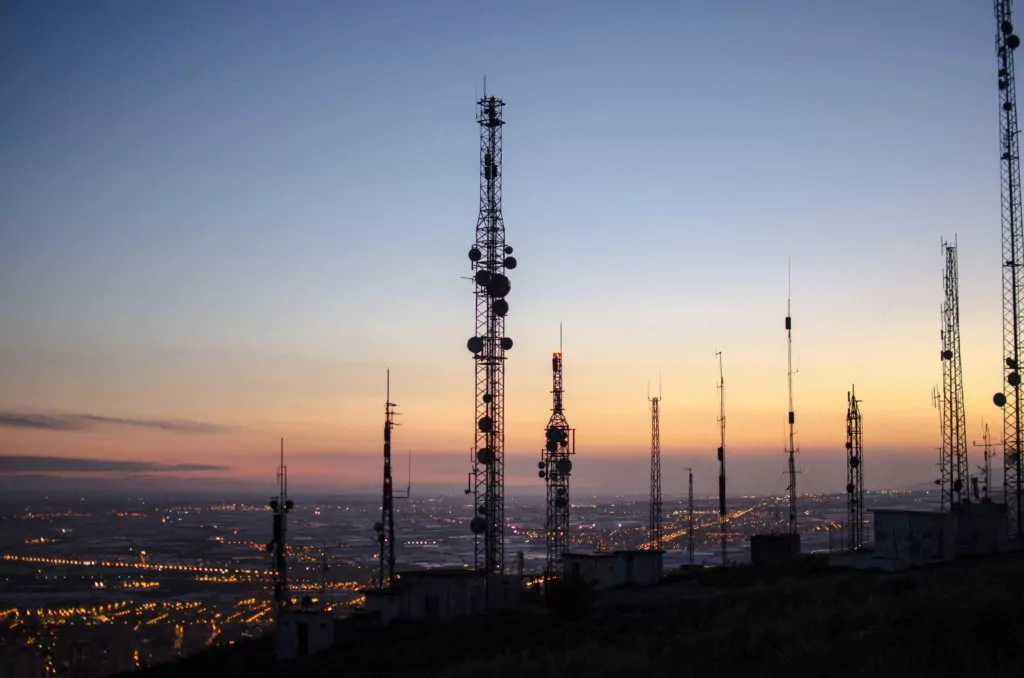
Range is the final concept, but it’s a little different.
Range doesn’t really make a ping work, but it’s important to understand how range and interference mess with pings, especially if you’re trying to understand how to troubleshoot issues with your phone.
On average, a cell tower has a range of about 45 miles.
This is why they’re so tall, so they can communicate with another tower that’s pretty far away.
That range depends on a lot of things, though.
The biggest is topography.
Radio signals do not go through solid earth. That’s part of why towers are tall.
The curvature of the earth can get in the way of a signal.
If it does, nothing works.
If you factor in hills, valleys, mountains, and the rest, you can see how this gets complicated.
A signal that will travel 45 miles over flat land will not make it over a nearby mountain.
Similarly, when you’re in a valley, you might not be able to ping the nearest tower, even if it’s a lot closer than 45 miles.
The phone and the tower need to have a clear line of sight. That is, there can be no solid earth between them.
In addition to topography, transmission power matters.
Even if you have a line of sight, it won’t matter if the signal is too weak.
The cell towers really determine signal strength, and they’re usually very powerful.
But your phone isn’t.
If your phone is trying to ping the tower, that’s where signal strength can be an issue.
The average range of cell towers is 45 miles, but there are times when you can be farther than that from a tower.
If you’re too far, your phone’s signal won’t be strong enough, and the ping will fail.
That’s part of the reason for a ping test.
It establishes whether or not the connection is viable.
If there isn’t enough power, then the system knows your phone is unreachable for the time being.

